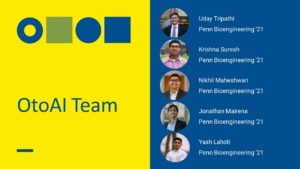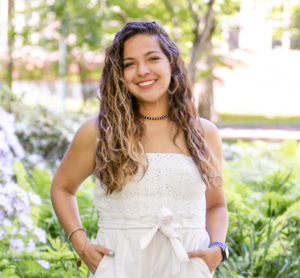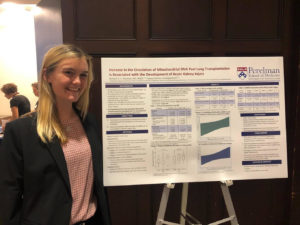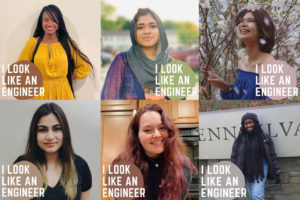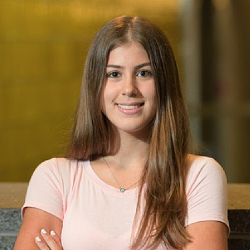
Women are frequently under-cited in academia, and the field of communication is no exception, according to research from the Annenberg School for Communication. The study, entitled “Gendered Citation Practices in the Field of Communication,” was published in Annals of the International Communication Association.
A new study from the Addiction, Health, & Adolescence (AHA!) Lab at the Annenberg School for Communication at the University of Pennsylvania found that men are over-cited and women are under-cited in the field of Communication. The researchers’ findings indicate that this problem is most persistent in papers authored by men.
“Despite known limitations in their use as proxies for research quality, we often turn to citations as a way to measure the impact of someone’s research,” says Professor David Lydon-Staley, “so it matters for individual researchers if one group is being consistently under-cited relative to another group. But it also matters for the field in the sense that if people are not citing women as much as men, then we’re building the field on the work of men and not the work of women. Our field should be representative of all of the excellent research that is being undertaken, and not just that of one group.”
The AHA! Lab is led by David Lydon-Staley, Assistant Professor of Communication and former postdoc in the Complex Systems lab of Danielle Bassett, J. Peter Skirkanich Professor in Bioengineering and in Electrical and Systems Engineering in the School of Engineering and Applied Science. Dr. Bassett and Bassett Lab members Dale Zhou and Jennifer Stiso, graduate students in the Perelman School of Medicine, also contributed to the study.
Read “Women are Under-cited and Men are Over-cited in Communication” in Annenberg School for Communication News.







